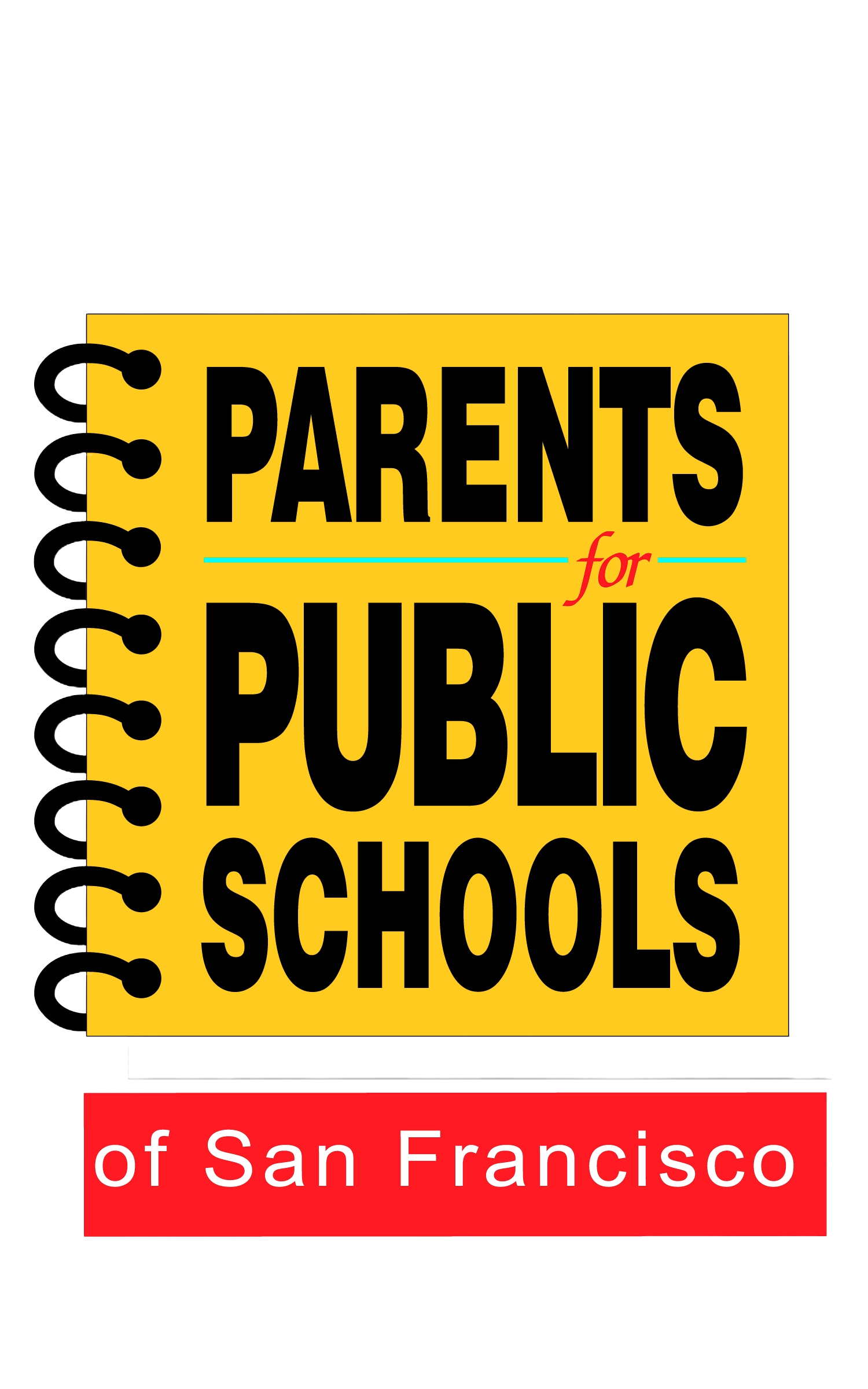SFUSD Board of Education Passes Budget Balancing Plan. What Does It Mean and What Is Next?
The Board of Education voted nearly unanimously to pass the budget-balancing plan proposed by the Superintendent. The plan commits to serious cuts which most likely represent a worst-case scenario for SFUSD.
Why was it important for the Board of Education to pass a budget-balancing plan this week?
The State Superintendent of Public Instruction set December 15, 2021, as the deadline for SFUSD to submit an approved budget-balancing plan.
SFUSD was notified in September that because the budget adopted by the Board of Education would result in large amounts of deficit spending in coming years and because no plan for spending reductions had been submitted, the district had to submit a plan by December 15, that made cuts to eliminate all deficit spending and kept all required reserves. If this didn’t happen, SFUSD could lose local control—its ability to make its own decisions about its budget and policy priorities.
Why do you consider this plan a “worst-case scenario?”
Schools in California receive the largest proportion of funds from the State which allocates money to each district based on the number of students and the relative needs of the district (based on student characteristics) through a formula called the Local Control Funding Formula (LCFF). The amount of money the state provides each year fluctuates to some extent based on how much money the state of California receives in tax revenues. The State is seeing significant revenue growth, which bodes well for school funding. We should know more by January 10 when the Governor typically releases a proposed budget. In addition, there is potential for additional revenue from the federal government, the City of San Francisco, and various State and Federal grant programs.
If SFUSD receives more revenue, can we avoid some of the cuts? If so, which cuts will be restored first?
According to Superintendent Matthews, if SFUSD receives additional funding, “the highest consideration for funding restoration will be given to school site budgets, direct services, and central office services that most support students”
Now that the balancing plan is adopted, does SFUSD have to stick to it exactly? What about the alternative plan that was proposed?
In approving the balancing plan, SFUSD’s board committed to making cuts to balance the district’s budget based on what we know now about anticipated revenues and expenditures. Changes can be made to the plan as more information is learned about the State’s budget, which is anticipated to include additional funding for schools, between now and June when SFUSD approves its final budget, as long as the Board sticks to its commitment to keep the budget balanced. During the discussion prior to the board vote Commissioner Alexander, who had proposed an alternative balancing plan with more cuts at the administrative level, discussed plans with district staff to further explore different approaches to budget-balancing in January and February. Alexander decided to withdraw his alternative plan but continue to pursue some of its proposals through the budget development process.
How will I know what impacts cuts might have on my school?
Here is an overview of the budget development timeline:
January: State budget released on the 10th, update given to Board of Education on how much money is coming to SFUSD from the state
February: School sites get information on how much money they will receive in Weighted Student Formula, and how many support positions are being allocated through the system called Multi-tiered Systems of Support (MTSS). School Site Councils work together with school communities to make decisions about site budgets and strategic priorities.
March: Adjustments made to the balancing plan, and presented to the state along with the district’s required 2nd interim budget report. If layoffs may need to happen, notices must go out in March but can be rescinded if the budget is further adjusted. Site Planning Summit is held to assist with budget planning. Schools must submit their proposed budget plans to the district.
March-April: LCAP community feedback opportunities. Public forum on the district budget.
May: State releases revised budget numbers which may mean more… or fewer funds are available for education and further adjustments may be needed to district and site budgets.
June: Board of education discusses the district budget at regular and Budget committee meetings and votes to approve the budget at the final meeting in June.
September: Adjustments may be made to site budgets based on enrollment.
We encourage families to get involved with the School Site Council at their child’s school. The School Site Council, or SSC, is the governing body for the school, composed half of school staff and half of parents, and is responsible for determining the School Plan for Student Achievement as well as the budget. SSC meetings are open to everyone in the school community and should be held at a time that enables family participation. SSCs also plan school community engagement events where all families have the opportunity to learn about and provide input on the school plan and budget before it is submitted in the spring. PPS-SF, the Parent Advisory Council, and other family advisory groups to plan some informational and training sessions on SSC participation and best practices in the coming months. Information will be shared as it is available.
Where can I find more information about the budget-balancing plan and the budget process?
The best place to start is the SFUSD Budget Balancing page on the district website. It can be found at www.sfusd.edu/2021BudgetBalancing.
You can also access information about the district’s budget and Local Control and Accountability Plan process at www.sfusd.edu/about-sfusd/budget-and-lcap. The full budget books from prior years are available here and contain useful information about where money comes from to fund our schools.
